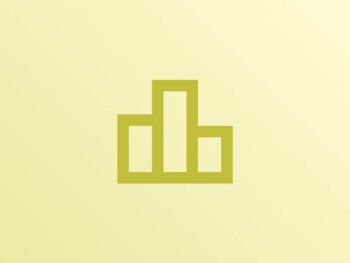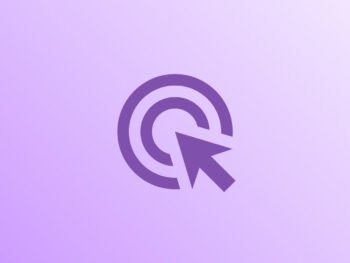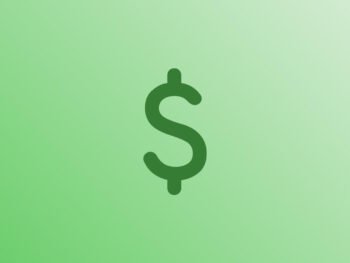€12.21 – €15.05
1. Overview of Total Debt
- Total Debt: $30,000
- Types of Debt: Breakdown of debt may include credit card debt, personal loans, student loans, auto loans, and mortgages.
- Example: $10,000 in credit card debt, $8,000 in student loans, $12,000 in auto loan debt.
2. Establish Debt Reduction Priorities
A. List Debts from Highest to Lowest Interest Rates:
- Credit Card Debt: High interest (typically 15%-25%).
- Auto Loan Debt: Moderate interest (typically 4%-7%).
- Student Loan Debt: Typically lower interest (3%-6%, depending on loan type).
B. Focus on High-Interest Debt First:
- Priority: Pay off credit card debt first, as it is likely accruing the highest interest and can significantly hinder progress on reducing debt.
- Debt Avalanche Method: Allocate extra funds toward paying off the debt with the highest interest rate, while maintaining minimum payments on other debts.
3. Monthly Budget and Cash Flow Management
- Assess Monthly Income and Expenses: Start by reviewing your monthly cash flow. Identify non-essential expenses that can be reduced or eliminated (e.g., dining out, subscriptions) to allocate more funds toward debt repayment.
- Create a Debt Repayment Budget:
- Example: If your monthly income is $4,000 and you have $2,500 in necessary expenses (e.g., rent, utilities, groceries), you could allocate $1,000 per month towards debt repayment.
4. Debt Reduction Strategy
A. Use the Debt Avalanche Method:
- Step 1: Make minimum payments on all debts.
- Step 2: Direct any remaining funds towards paying off the highest-interest debt (e.g., credit card debt) as quickly as possible.
- Step 3: Once the highest-interest debt is paid off, apply those funds to the next highest-interest debt (e.g., auto loan).
- Goal: Pay off the $30,000 in debt over a 2-3 year period, depending on how much you can allocate monthly to debt reduction.
B. Consider Debt Consolidation or Refinancing:
- If eligible, consider consolidating high-interest credit card debt into a personal loan with a lower interest rate. This could simplify your payments and reduce interest costs.
- Refinancing the Auto Loan: If your auto loan has a high interest rate, refinancing it to a lower rate can help save on interest and reduce monthly payments.
5. Build an Emergency Fund (Parallel Goal)
While focusing on debt repayment, it is also critical to build an emergency fund. Aim to set aside 3-6 months of living expenses in a liquid savings account to avoid falling back into debt due to unexpected expenses.
- Start Small: Begin by saving $500 to $1,000 as an emergency buffer. Gradually increase this fund while continuing to focus on debt reduction.
6. Track Progress and Adjust as Needed
- Review Monthly: Revisit your budget and debt repayment plan each month to assess progress. If you find that you have extra income (e.g., through a bonus, side job, or tax refund), apply this toward paying down your debt more quickly.
- Adjust the Strategy: If necessary, reallocate funds from less urgent financial goals (e.g., saving for a vacation) to accelerate debt repayment if the progress is slower than expected.
7. Long-Term Financial Health
Once the debt is paid off, redirect the funds previously used for debt payments toward building long-term savings, investments, and retirement contributions. By eliminating debt, you free up financial resources that can be put to work for your future.







